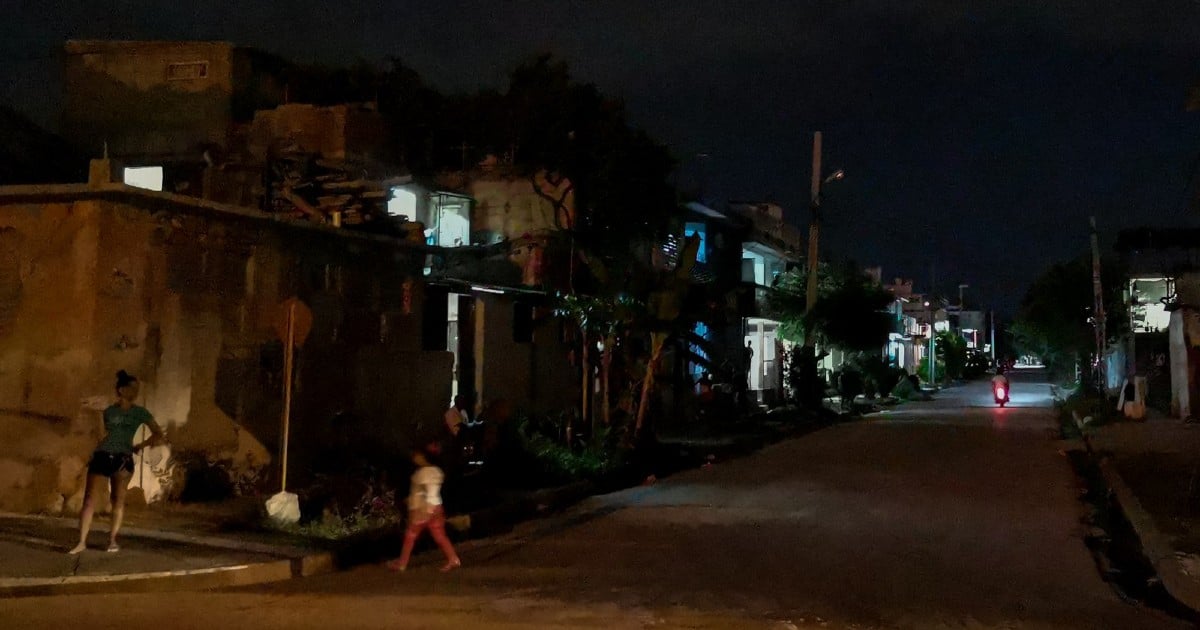
The province of Santiago de Cuba will face a long night of blackouts this Wednesday, as the Electric Company reported that the significant deficit in generation capacity will make it impossible to adhere to the established schedule for power cuts.
The entity stated on its Facebook profile that during peak hours, depending on the impact, the restoration of services in the affected circuits could be delayed by up to an hour, according to the established schedule.
Additionally, it was noted that the start of the interruptions could also be moved forward by up to an hour in the circuits that are close to the scheduled time of impact.
However, the statement warned that the forecast for the peak hours this Wednesday is a reduction of 1,400 MW, indicating that the residents of Santiago will face longer blackouts than initially expected.
"This is a result of the high levels of demand and the significant generation capacity deficit, leading to an unstable operation of the system," the note stated.
The energy situation in Cuba remains critical. In recent hours, two more thermal units have gone out of service due to malfunctions, and a third has been added to the list of those "under maintenance."
According to the report from Unión Eléctrica (UNE) for this Wednesday, eight thermal power units are offline: five due to breakdowns and three undergoing maintenance.
Likewise, it was indicated that the forecast for blackouts this Wednesday is 1,400 MW, one of the highest since the recent collapse of the National Electric System (SEN).
In recent hours, the situation in eastern Cuba has worsened with the temporary shutdown of the Lidio Ramón Pérez Thermoelectric Power Plant—commonly known as Felton—for "partial maintenance."
"The 'Lidio Ramón Pérez' Felton power plant has begun to reduce its load for partial maintenance. The main work will focus on the boiler," the thermoelectric plant stated in a Facebook post.
However, it did not provide details on how long the thermoelectric plant, located in Mayarí in the province of Holguín, is expected to remain offline from the National Electric System.
Filed under: